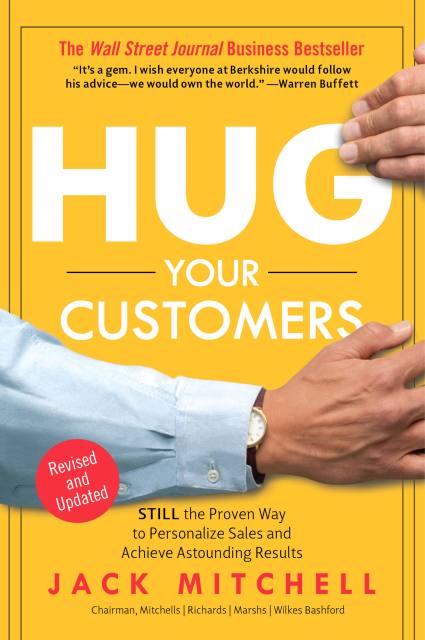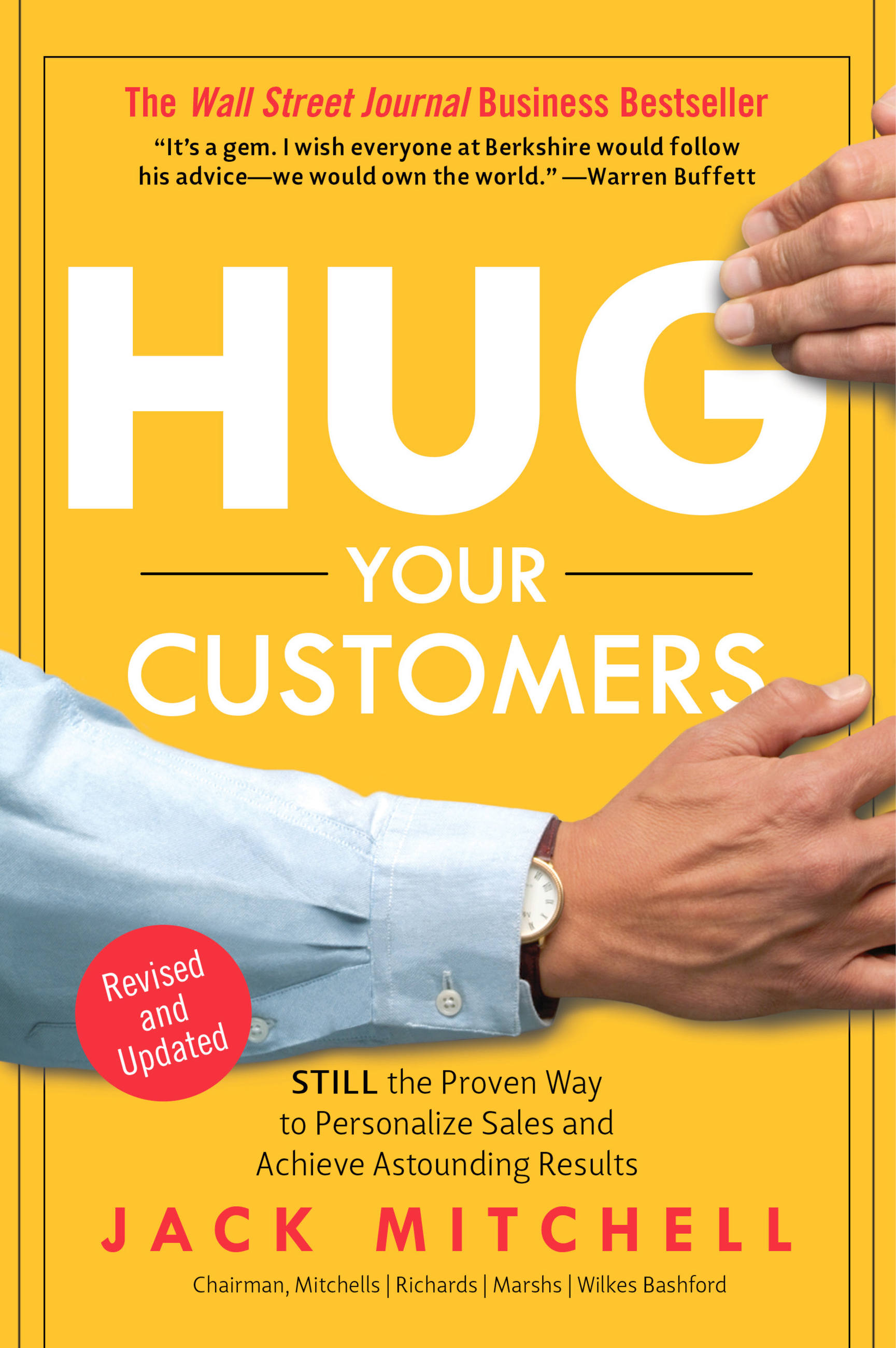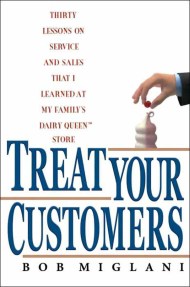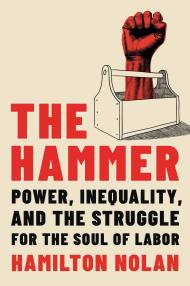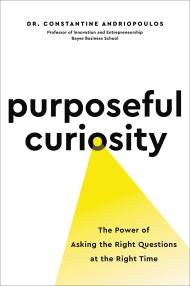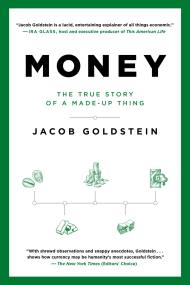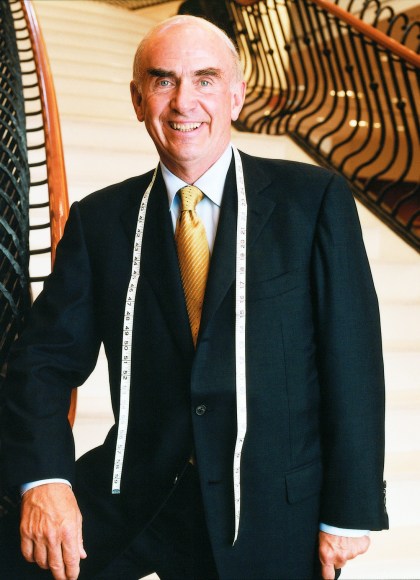Promotion
Use code MOM24 for 20% off site wide + free shipping over $45
Hug Your Customers
STILL The Proven Way to Personalize Sales and Achieve Astounding Results
Contributors
Formats and Prices
Price
$15.99Price
$20.99 CADFormat
Format:
- ebook $15.99 $20.99 CAD
- Hardcover $28.00 $35.00 CAD
- Trade Paperback $16.00
This item is a preorder. Your payment method will be charged immediately, and the product is expected to ship on or around June 11, 2003. This date is subject to change due to shipping delays beyond our control.
Also available from:
Here is the 200,000-copy staple, praised by Warren Buffett as “a gem … I wish everyone at Berkshire would follow [Jack Mitchell’s] advice–we would own the world.”
If you want to put your arms around your business and bottom line, you’ll want all the updated information and practices found in the landmark business bestseller, Hug Your Customers. The only way to stay in business is to have customers; the only way to increase your profit is to attract more customer visits by providing exceptional customer service. It’s that simple says Jack Mitchell. Hug Your Customers shares the hands-on practical philosophy that has allowed Mitchell and his Family of Stores to thrive and excel in today’s challenging retail marketplace. Filled with accessible advice, personal case studies and tips any businessperson can use, Hug Your Customers is an energizing blueprint for customer and employee retention, increased per capita spending, and groundbreaking success.
Genre:
- On Sale
- Jun 11, 2003
- Page Count
- 302 pages
- Publisher
- Hachette Books
- ISBN-13
- 9781401398040
Newsletter Signup
By clicking ‘Sign Up,’ I acknowledge that I have read and agree to Hachette Book Group’s Privacy Policy and Terms of Use
